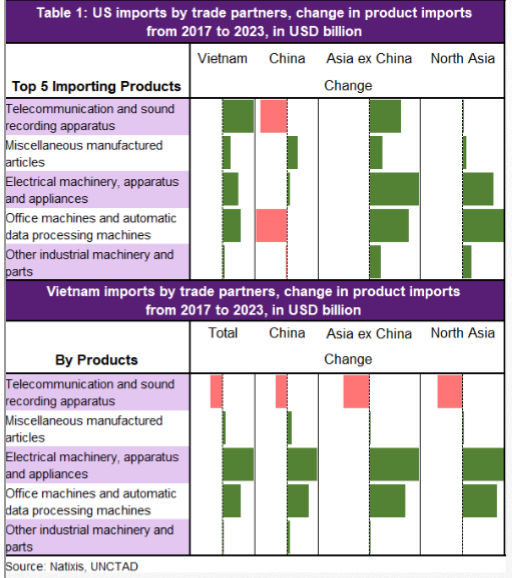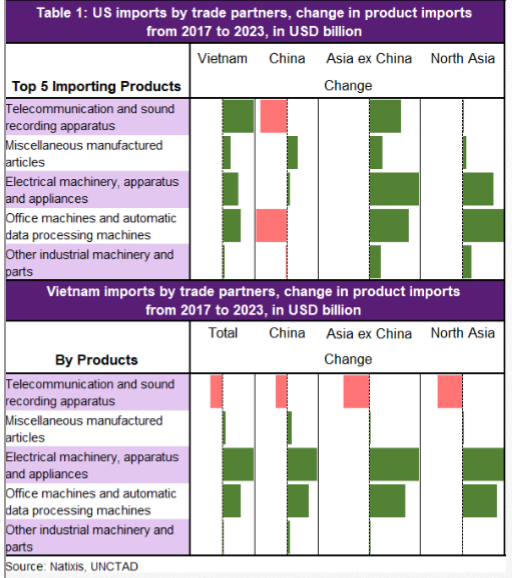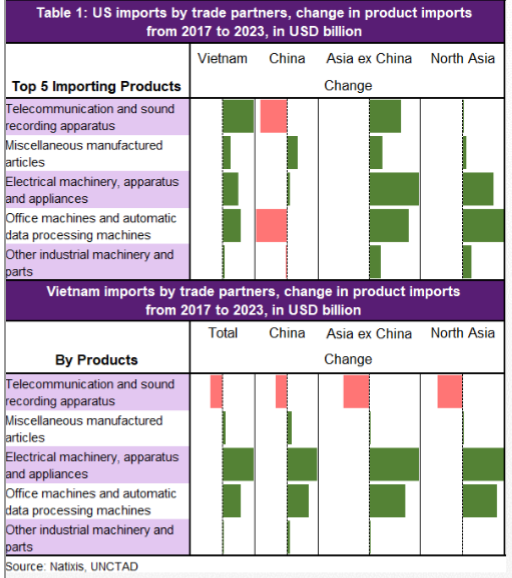Another great paper highlighted by @StephenSpratt on the USD as King👑. The USD is more key than the EUR or JPY in its KEY role in global finance. If the Fed tightens, markets expect USD assets to decline & demand up. In times of stress, demand for SAFE USD assets rise 👇🏻👇🏻👇🏻 
https://twitter.com/StephenSpratt/status/1166179795702407168

@StephenSpratt USD denominated assets are not just issued by the US but also sovereigns, quasi sov, banks, firms as demand for safe dollar assets & convenience yield drives people to issue in USD.
But key here is that they got the ORIGINAL SIN highlighted earlier on implications of weaker CNY
But key here is that they got the ORIGINAL SIN highlighted earlier on implications of weaker CNY

@StephenSpratt Imagine the Fed after a decade of ZIRP & QE creates a lot of incentives for issuance of USD-denominated debt. But when the Fed tightens, the supply of safe USD-denominated shrinks. For those that depend a lot of USD funding, the local currency depreciates MORE & 👉🏻 ORIGINAL SIN😱
@StephenSpratt Not just offshore USD issuance but onshore in the USD. B/c of the role of the USD & strong demand globally for USD assets, a lot of incentives for issuance of USD bonds/debt backed by risks collateral (junk bonds).
Author says dominance of USD in credit markets rose since 2008!
Author says dominance of USD in credit markets rose since 2008!
@StephenSpratt In other words, because of this relative differential in US growth vs the rest of the world (US slowing but not as bad as elsewhere), the USD is tightening global finance. Remember that I always say the FED IS MORE KEY THAN TRADE-WAR. This is why the Fed is under pressure to cut.
• • •
Missing some Tweet in this thread? You can try to
force a refresh









